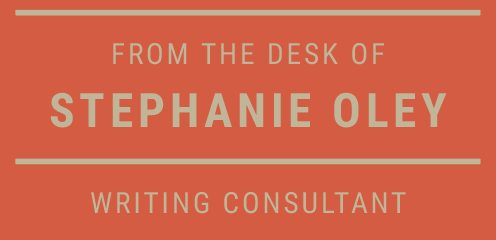It’s that hidden artillery in your argument that makes your writing more persuasive.
I’ve never seen the need to go vegetarian, myself.
After all, we humans have been at the top of the food chain for millennia. We compensated for our puny physiques by inventing spears and guns, and we have incisor teeth to chow down our hunting bounty. Cooked over smoky flames with spices, mind you – not eaten raw.
But a few years ago at Sydney’s Festival of Dangerous ideas, author Jonathan Safran-Foer of Eating Animals got me thinking about vegetarianism in a different light. Safran-Foer’s argument goes beyond the ethics of eating another living thing. His biggest beef — so to say — with the modern meat industry is its scale.
Think about it. Global meat supply quadrupled between 1961 and 2007 to reach 284 million tons (according to the NY Times[1]), and is expected to double again by 2050. In advanced industrialised countries we now consume around 80 kilos of meat annually per capita, compared with 30 kilos in non-industrialised countries.
This speaks volumes to my frugal person.
One of the biggest challenges in constructing an argument is coming up with persuasive facts that will sway your non-believers. Classic rhetoricians grouped these facts into three useful categories: logos, pathos and ethos, which I’ve translated here as logic, emotion and credibility.
Logic
The logical facts are the indisputable ones, and these come in different shapes and sizes. Some readers will be persuaded by numbers – how big, small or expensive your proposal is in relation to their needs. Others will want the official validation – to know that your proposal fits with a government mandate, an international standard or a legal requirement. You need to know which facts will sway your reader.
Emotion
The facts don’t tell the full story, and a good persuasive argument must weave in emotive content too. Storytelling is a powerful tool for establishing emotional rapport. Stories about people don’t just give the reader some momentary respite from your argument – they also reveal what has happened, will happen or could happen as a result of an action.
Credibility
Finally, your reader also needs reassurance of the author’s professional and personal character. This is where you roll out your credentials, qualifications and testimonials. It’s also where you put your ethics on public display, to reveal how your plan will benefit others outside the binary author-reader equation.
Remember, you don’t need tons of supporting facts to drive your argument – just the best ones. And be sure to save a clincher for the end.
Further reading
Intrigued? The art of persuasion is a huge field, worthy of extra reading. Here are some suggestions to get you started.
- Old-fashioned legal books – Timeless advice on constructing arguments worthy of a court case. Try The craft of research (Booth, Colomb and Williams) or Logic and contemporary rhetoric (Cahane and Cavender).
- Classical rhetoricians – The ancient Greeks knew a thing or two about persuasion. Read some classic writings from Socrates, Aristotle and Plato and lose yourself in their sheer enjoyment of crafting an argument.
- Hands-on business writing books – Neil James’ Writing for work has a concise section listing 12 ingredients of a persuasive argument. Maria Veloso’s Web copy that sells has another take on persuasion. Both are recommended, for completely different reasons.
- Various writing blogs – An archived piece in copyblogger.com lists 10 elements of persuasion from an expression (rather than structural) point of view.
[1] ‘Rethinking the meat guzzler’, Mark Bittman, New York Times 2008. Online at: http://www.nytimes.com/2008/01/27/weekinreview/27bittman.html?pagewanted=all






